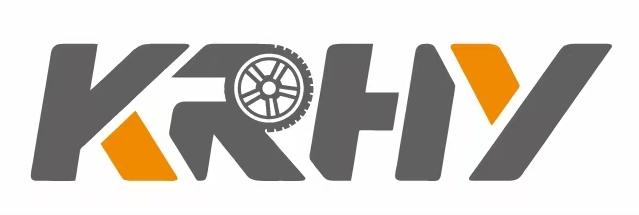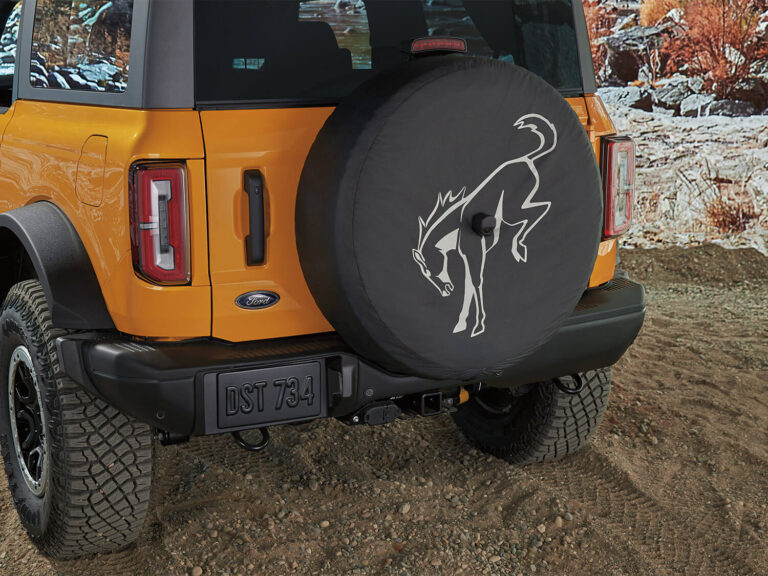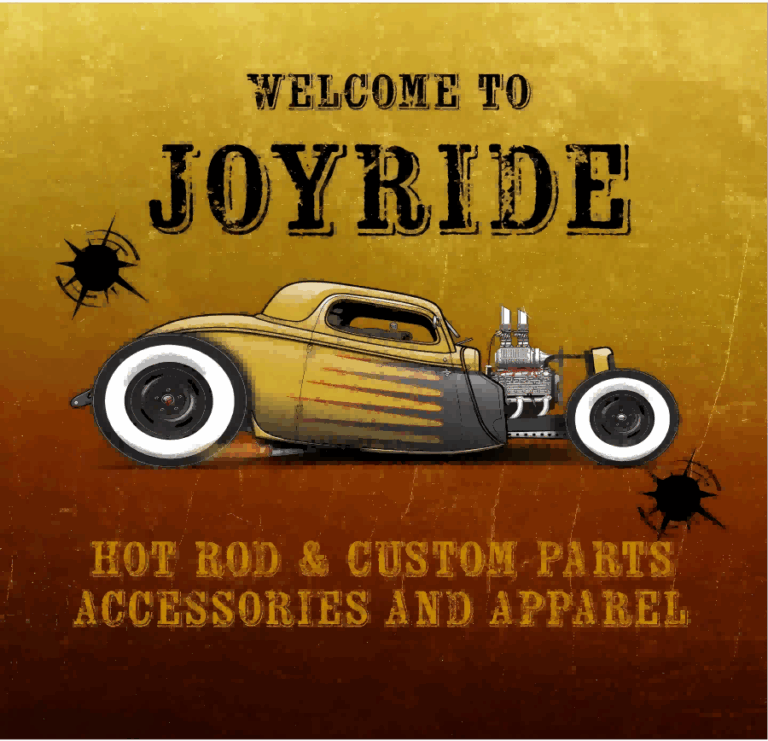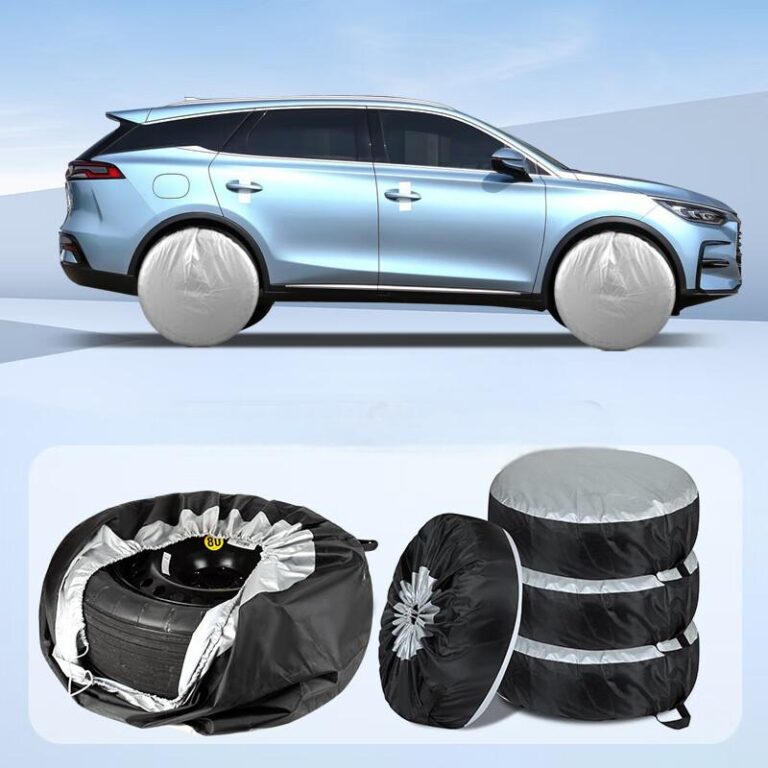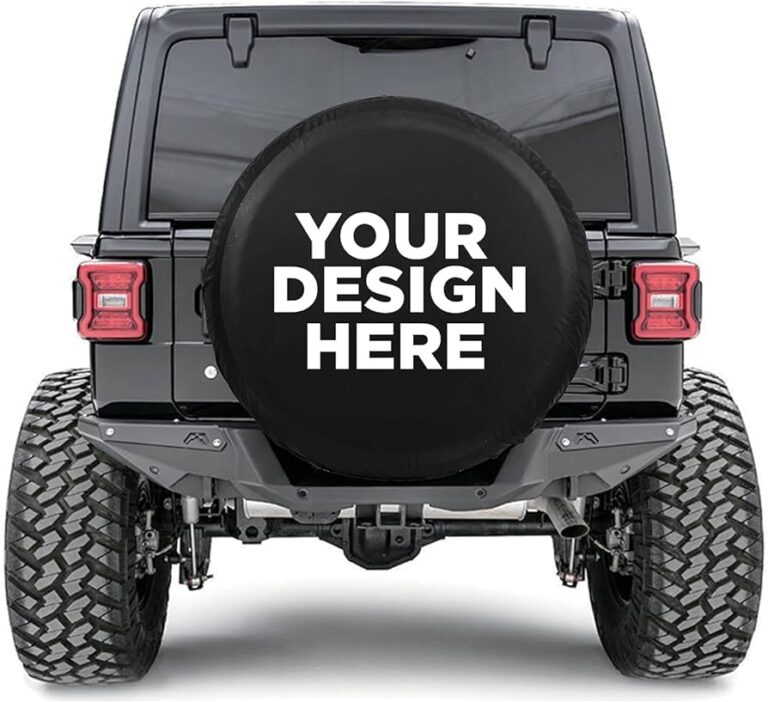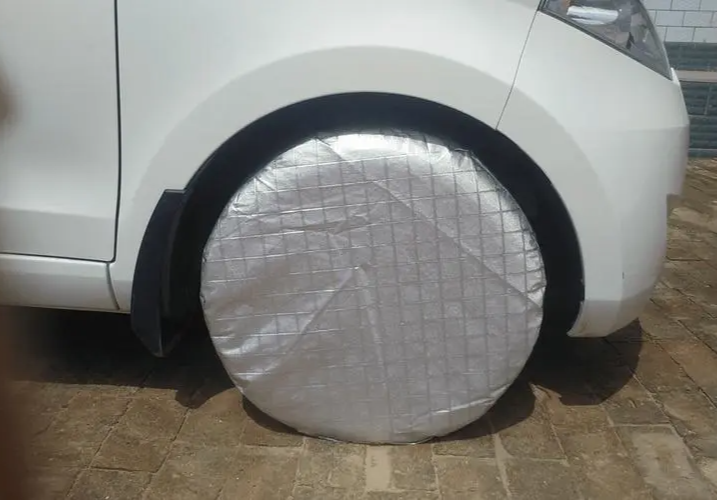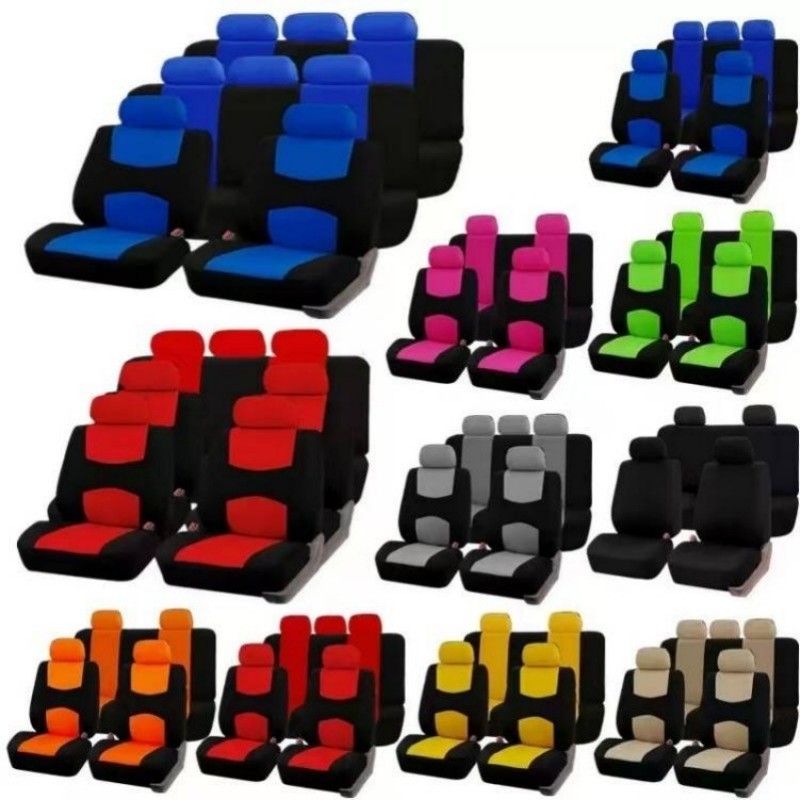-
Xingming Road, Yanyuan, Xingtan, Shunde, Foshan, Guangdong
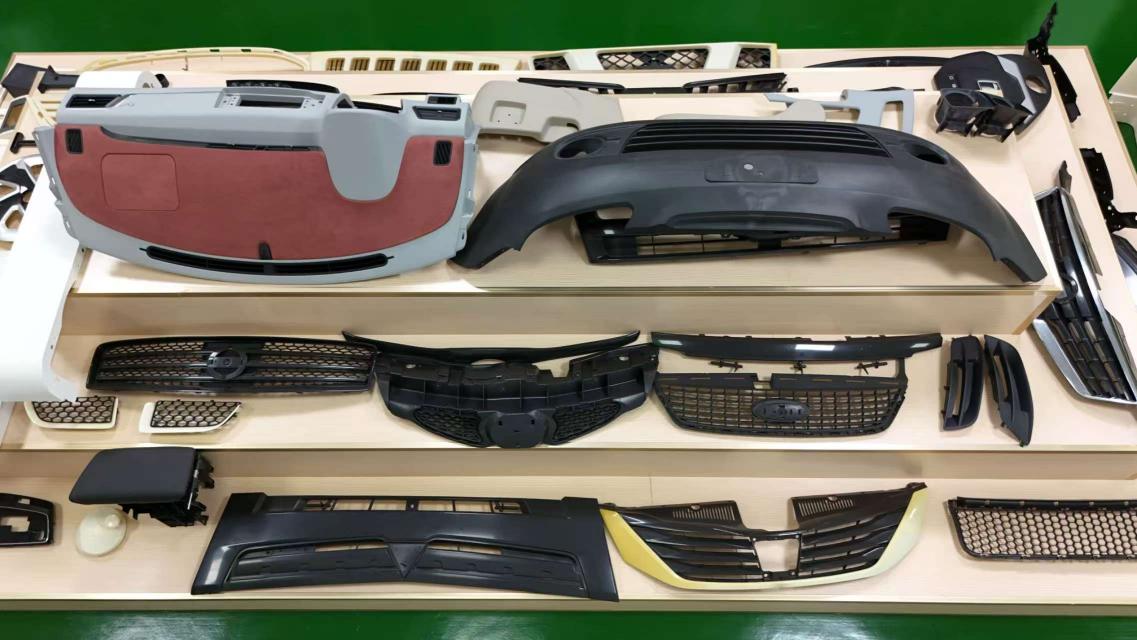
Why Choose OEM Car Parts? Critical Safety & Fit Guide
Rezumat:
When your car needs repair or replacement parts, choosing is no joke. OEM (Original Equipment Manufacturer) auto parts, produced by your vehicle’s original manufacturer or its strictly authorized partners, represent the gold standard of quality, precision fit and safety performance. They are not only a continuation of original quality, but also the core pillar to ensure driving safety, maintain vehicle value and ensure long-term reliability. This article deeply analyzes the six key values of OEM parts and reveals why they should be the smart first choice for your vehicle maintenance.
1. Precision Match: Uncompromising Engineering Fit
The core advantage of OEM parts is absolute fit. They are manufactured strictly according to the original design drawings and tolerances of the vehicle to ensure that every screw hole, electronic interface, and physical size are perfectly fit.
- Universal or inferior aftermarket parts often need to be modified and forcibly installed, which can easily cause abnormal noise, looseness, and even damage surrounding parts. OEM parts are like native organ transplants, which can achieve “plug and play”, eliminate compatibility risks, and ensure the coordinated operation of vehicle systems. The American Automobile Association (AAA) has repeatedly emphasized the importance of using the right specification parts for the integrity of the vehicle.
2. Quality and durability: the strict commitment of original factory standards
OEM parts manufacturers follow the strict material standards and production processes set by automakers, and their durability, reliability and life are verified by massive tests.
- Taking key safety parts such as brake discs as an example, OEM products need to pass extreme high temperature, fatigue and other tests. In order to reduce costs, aftermarket parts often downgrade materials or processes. Reports from international authoritative testing organizations such as Germany’s TÜV show that the failure rate of certified OEM parts is significantly lower than that of non-branded alternatives, and the long-term use cost is lower.
3. Safety performance: a lifeline that cannot be negotiated
OEM parts are irreplaceable safety cornerstones in core components related to occupant safety. Their design is deeply integrated and coordinated with the vehicle safety system (such as airbag control, body collision energy absorption structure, and electronic stability system).
- The Insurance Institute for Highway Safety (IIHS) in the United States pointed out that the use of non-standard structural parts may change the force transmission path of the vehicle during a collision, causing the safety system to fail. For example, a non-OEM front longitudinal beam may not be able to deform and absorb energy as designed in a collision, endangering the safety of the passenger compartment. The National Highway Traffic Safety Administration (NHTSA) of the United States also strongly recommends the use of parts that meet the original specifications for repairs.
4. Protecting the value of the vehicle: the continuation of the wisdom of investment
The use of OEM parts for repair and maintenance is the most effective strategy to maintain the resale value of the vehicle. Potential buyers and professional appraisal agencies regard it as a key sign that the vehicle has been “authentically” maintained.
- Authoritative used car appraisal agencies such as Kelley Blue Book clearly point out that the use of a large number of non-original parts in the maintenance record will significantly reduce the vehicle valuation. The resale price of a vehicle that is maintained entirely with OEM parts is 10%-15% higher on average than the same model that uses a large number of aftermarket parts, proving the market’s recognition of the original quality.
5. Original factory warranty and technical guarantee: no worries
Choosing an authorized dealer or using genuine OEM parts for repairs usually allows seamless connection or maintenance of the vehicle’s original new car warranty, and enjoys the quality assurance provided by the parts themselves.
- Most mainstream automakers (such as Toyota, GM, and BMW) have clear policies: using their certified OEM parts and repairing them through an authorized network will not invalidate the new car warranty. On the contrary, the manufacturer has the right to refuse compensation for collateral damage caused by the use of improper aftermarket parts. Well-known OEM manufacturers such as Bosch and Denso provide their parts with a warranty period synchronized with the original factory.
6. Technology synchronization and future compatibility: Embracing automotive intelligence
With the popularization of ADAS (advanced driver assistance system), car networking and electrification technology, OEM parts are irreplaceable in ensuring the precise operation of advanced systems.
- Replacing a non-OEM radar sensor or camera, even if physically installed successfully, may cause key functions such as automatic emergency braking (AEB) and adaptive cruise control (ACC) to fail or be triggered incorrectly due to slight differences in software protocols, calibration parameters or performance indicators. Guidelines issued by the Society of Automotive Engineers (SAE International) emphasize that repairs involving electronic sensors and actuators must use original certified parts and be professionally calibrated.
VII. Long-term economic benefits: considerations beyond initial price
Although the initial purchase price of OEM parts is usually higher than that of aftermarket parts, their superior reliability, longer service life and lower failure rate can significantly save maintenance costs and time over the life cycle of the vehicle.
- Long-term tracking data from Consumer Reports shows that vehicles using high-quality OEM parts have a much lower return rate due to component failure than vehicles using cheap substitutes. Calculating the total cost of ownership (including purchase price, replacement frequency, labor costs and possible collateral damage repair costs), OEM solutions are often more economical.
Rezumat:
OEM auto parts are not just a simple “original label”, they are the core carrier of vehicle safety, performance, value and long-term reliability. From ensuring the precise placement of each screw to protecting the lifeline at the moment of collision; from maintaining high resale value to being compatible with ever-changing smart technology, to comprehensive cost advantages that stand the test of time, their importance runs through the entire life cycle of the vehicle. In the face of decisions related to driving safety and core values, choosing OEM parts is the most responsible investment for car owners to themselves, passengers and their cars. It represents not only a component, but also a continuation of the original factory’s engineering quality and safety commitment. Every time you choose OEM, you are laying a solid foundation for a safe and smooth driving experience.
